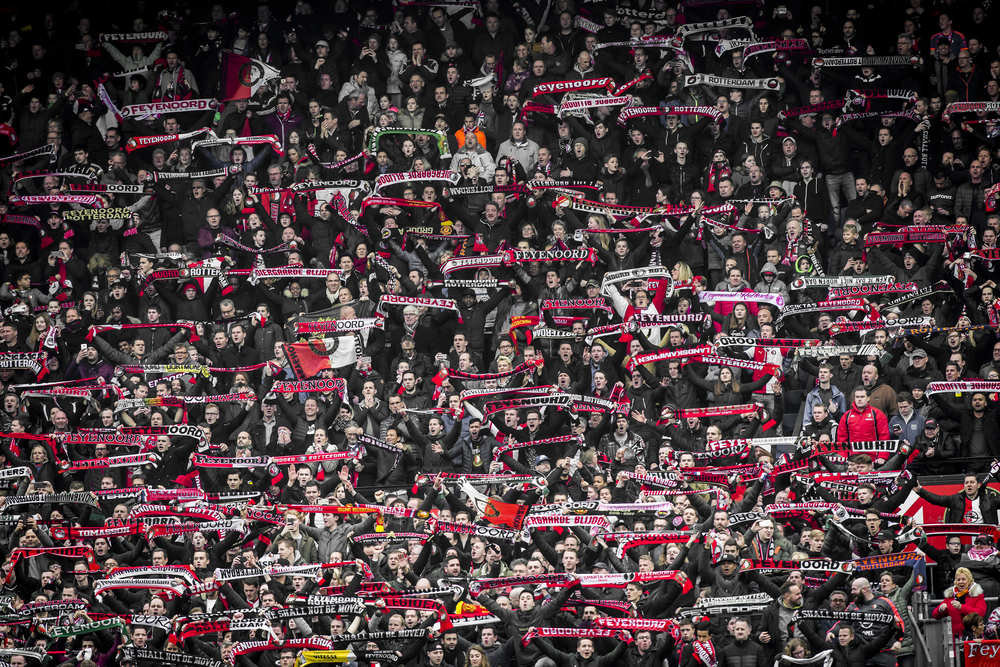Juli Ferré Nadal of Tally Technology writes for Insider Sport on how sports rights holders can embrace a new breed of activation platforms to create valuable connections with fans.
We are currently living in a new era of fan engagement.
Over the last decade, it was considered to be limited to the number of followers connected to a club through a social media platform. This was a useful metric to illustrate the strength of the club’s brand in front of potential sponsors, but it also left those clubs in the dark in terms of knowing and connecting with their fans.
Ultimately, there is little capacity for social media platforms to provide meaningful connections between clubs and fans. A Premier League club, for example, might have 30 million followers on Twitter, based everywhere from Belfast to Brazil. But what value does such a number have from a marketing perspective, when the remote platform only provides very limited and specific data on who these supporters are and what they are really interested in?
In the US, sporting bodies have long-since understood the power of true fan engagement. In other sports, too, OTT technology is enhancing the viewing experience by providing fans with real-time and relevant stats that can bring games to life.
While other markets are starting to realise the potential of digital fan engagement, there is still a long way to go. The sports industry in the UK, for example, talks excitedly about digital engagement, but it is still only possible for domestic fans to watch 200 of the 380 Premier League matches that are played every season, no matter what device they happen to be using. While the reasons for this may be complex, the upshot is that everyone misses out, right through from fans to clubs and those brands that invest in them for exposure.
Empowering
At Tally Technology, we fully embrace the idea of getting sports fans as close as possible to both the action and its rights holders, on a global basis. Our fan activation solution is designed to empower those rights holders through engagement and retention strategies that are built around gamification.
Gamified experiences create value for fans by providing a seamless and fun session that speaks to their passion. For rights holders, they are a smart way to attain meaningful and actionable information from supporters. The change in this new era of fan engagement is that gamified experiences are a key driver within the engagement ecosystem, provided they are properly linked to OTT services, digital memberships and loyalty programmes. Stand-alone and disconnected features in the digital space diminish its purpose and limit possibilities.
Gamification could take the form of a predictions contest in which fans either play against each other or team up to use their collective judgement to try to win prizes. Or, in the off-season, fans could sign up for a trivia game that keeps them entertained while their favourite players are on a well-earned break. The crucial aspect of such contests is not the front-end, but the back-end. Underneath the visible peak of the iceberg lies a complex yet powerful data warehouse and a marketing machine.
Whatever form gamified content takes, we have seen that it can be very powerful. The wilful exchange of data for a fun experience leads itself perfectly into monetisation. Campaigns can be set up to drive user acquisition, while predictions contests can be set up so that users can be offered a second chance at a prize. The data on who these fans are can then be used within a highly targeted brand activation.
Brands are increasingly aware of the power of gamification when it comes to activating their sponsorships. Fan demographics, including consuming behaviour data, is the gold at the end of the rainbow that brands are seeking. Through the new breed of gamified solutions, the old-fashioned way of counting eyeballs to measure ROI is being replaced by real and useful data, capturing metrics.
We saw the potential of this approach realised through a prediction game we created for the Concacaf W Championship, which featured questions posed to fans both pre-game and at half-time. Seven out of 10 players in each game answered questions at both those junctures, while thousands of users were added to Concacaf’s database in the process. We also created a similar predictions contest around the Brazilian state championships which generated excellent results for sponsors Ambev.
Whether it be a large governing body or a small, regionally-focused club, building a meaningful relationship with fans is of paramount importance. Without it, the much-vaunted end goal of monetisation cannot be achieved. As we continue to see with our activity in this area all over the world, gamification can be the tool that brings fans, clubs, leagues and brands closer together than ever before.























